




As a purpose-led company, we know we have a pivotal role to play in addressing the climate emergency. We consider this not only good business, but our duty to channel our technology-enabled expertise and capabilities toward benefitting people and the planet.
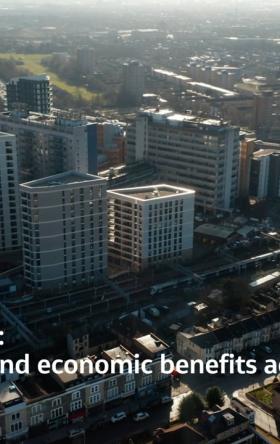


We work in partnership, delivering some of the most challenging, diverse and innovative projects and programs globally across multiple sectors. We integrate complex interfaces across planning, procurement and delivery to help unlock better social, environmental and economic outcomes from mega and giga projects.

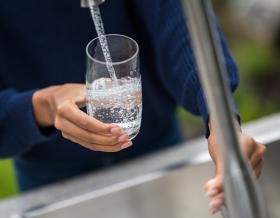
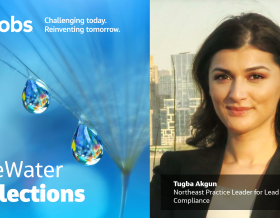
For more than 30 years, Jacobs has been responsible for planning and implementing Lead and Copper Rule-related strategies which protect millions of people in the U.S. and Canada. Our work includes enhanced water quality monitoring strategies, sampling plan development, harvested pipe-scale analysis, lead service line inventories and replacement plans, corrosion control studies and the incorporation of equity and environmental justice considerations into compliance programs.



As our clients navigate the digital transformation and growing cyber risks, we have positioned ourselves at the forefront of this growth, adding digital capabilities, products and tools to serve a growing set of customers.



Sit down with our visionary team of thinkers, dreamers and doers to see what a day in the life is like.



A curated selection of some of the top-listened to and trending podcast episodes from our popular If/When podcast series, which has over 7M downloads to date.

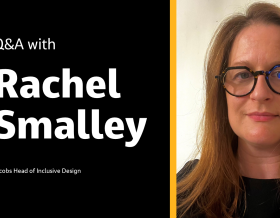
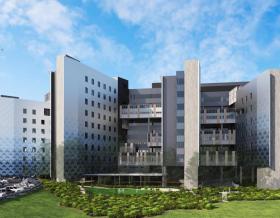
Together with our visionary partner, PA Consulting, we're establishing our position in high end advisory services, creating a springboard to expand in high value offerings beyond the core.


At Jacobs, we're challenging today to reinvent tomorrow by solving the world's most critical problems for thriving cities, resilient environments, mission-critical outcomes, operational advancement, scientific discovery and cutting-edge manufacturing, turning abstract ideas into realities that transform the world for good. With approximately $16 billion in annual revenue and a talent force of more than 60,000, Jacobs provides a full spectrum of professional services including consulting, technical, scientific and project delivery for the government and private sector.

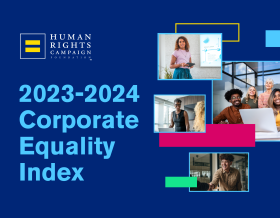

Jacobs. A world where you can.
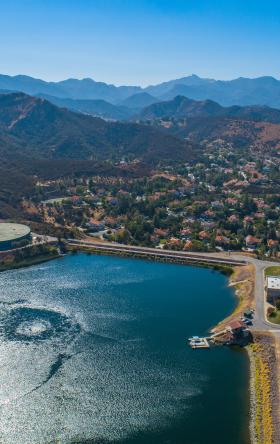

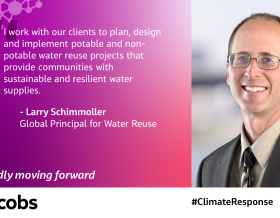
As climate change threatens water security around the world, more communities are turning to water reuse as a resilient water supply solution and embracing the OneWater principle that all water has value. Jacobs has been supporting clients with water reuse programs for decades, beginning with the first applications of advanced wastewater treatment technologies in the 1960s. We provide our clients with a full range of services, from water reuse feasibility studies to design, construction and operations.
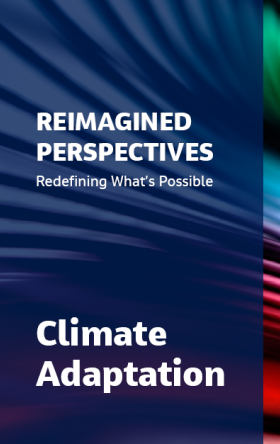
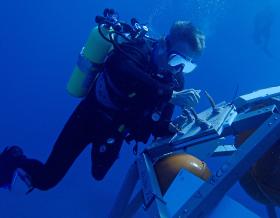

The only certainty about the future is uncertainty. Resilience is an attribute of a smarter planet, and requires planning and adapting ahead of potential threats. We help our clients survive, recover, adapt and thrive.



Jacobs is working to help clients across the United States secure federal funding for projects that make our cities and communities more connected and sustainable. Working hand-in-hand with clients from coast to coast and everywhere in between, Jacobs develops bold, innovative solutions to address the nation’s toughest challenges.
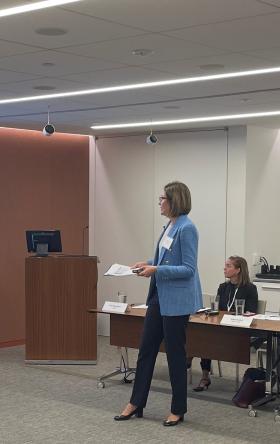

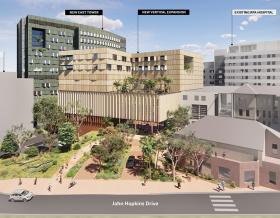
Now more than ever, we appreciate the hard work, sacrifice and dedication of the medical profession in ensuring the health and safety of our communities.

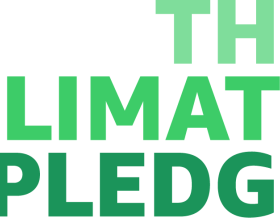
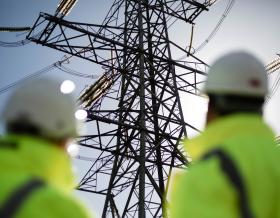
Together, we are stronger. Together, we can transform the future.

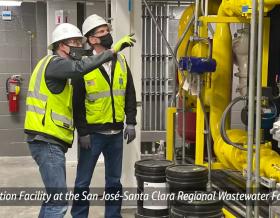
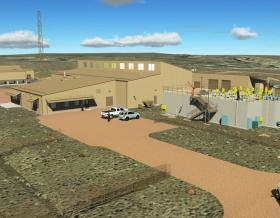
We’ve provided design-build services to the water sector for over 25 years and delivered more than 150 projects. We offer fully integrated design-build and design-build-operate capabilities to tackle the most complex water challenges and work in close collaboration with our clients.
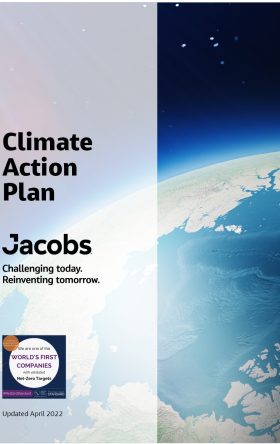

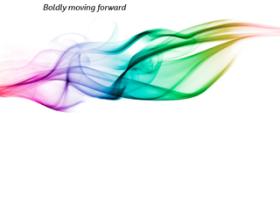
Stories that capture our partnerships and innovative impact for a more connected, sustainable world


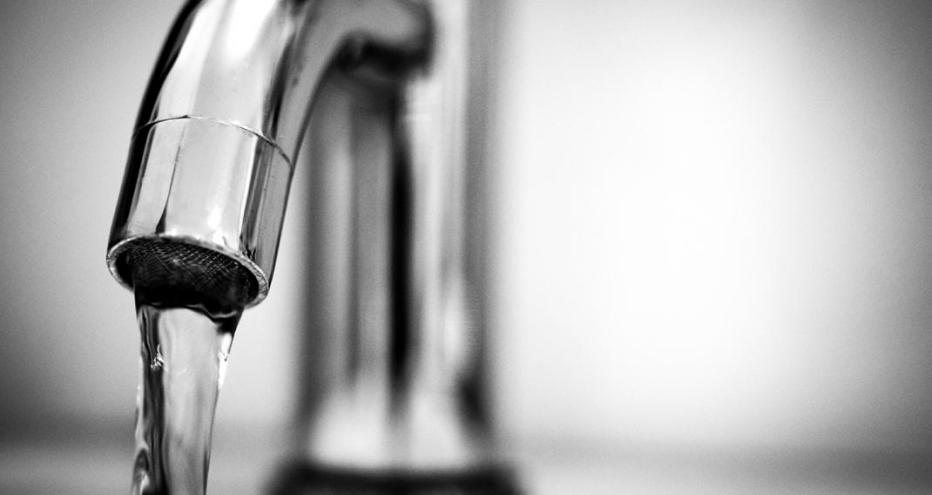
In 1976, the 50 millionth guest waltzed through the gates of Walt Disney World, “One Flew Over the Cuckoo’s Nest” netted six awards at the 33rd Golden Globes Awards and Paul McCartney returned for his first U.S. tour since The Beatles. One of the top news stories of America’s Bicentennial year, however, was the outbreak of a mysterious form of pneumonia at the landmark Bellevue-Stratford Hotel in Philadelphia.
Around 4,000 representatives from Pennsylvania’s chapter of the American Legion met at the hotel in July of 1976. All seemed normal during the four-day event, but several days later many attendees fell ill. By August, hundreds connected to the event were experiencing pneumonia-like symptoms and more than 20 were deceased. Four months later, a Center for Disease Control and Prevention (CDC) research microbiologist determined the cause to be an aquatic bacterium – now known as Legionella pneumophilia – often found in watery places such as pipes and air conditioning units.
The outbreak in 1976 identified a real threat to large facilities – such as hospitals and hotels – where water travels slowly through the system’s hot and cold piping and disinfectant is lost, providing an ideal environment for Legionella to grow on the pipes, valves, and other plumbing fixtures. Today, Legionella remains a major public health threat with continued yearly outbreaks of Legionnaire’s disease and Pontiac fever, including recent cases in New York and Australia.
But what if we showed you how advanced Internet of Things (IoT) sensors and wireless data capabilities – designed by Jacobs, in partnership with Cisco and s::can, for one major Veterans Administration Hospital – are paving the way for early detection of issues like potential Legionella growth, before they can harm water supplies or public health?
lives to be transformed with safer, more secure water systems
sensors monitoring water quality and pressure throughout the VA Hospital system
“By understanding water quality in premise plumbing systems, we can prevent the deterioration of water quality and subsequent conditions that are favorable for bacterial growth through better engineering controls and building management within the systems. We can also highlight the need for an understanding that water quality is a shared responsibility between drinking water utilities and building managers and begin to foster those relationships.”
Jennifer Liggett
Jacobs Environmental Scientist
35 years after the 1976 outbreak at the Bellevue-Stratford Hotel, tests identified Legionella in the Pittsburgh Veterans Administration (VA) Hospital in September of 2011. The hospital had experienced problems with properly maintaining their water system for the previous six years and took inadequate steps to mitigate the issues, unfortunately leaving patients vulnerable. During the following four months, 22 patients got sick and four died.
The hospital tested more than 150 water samples a month at its two main campuses and collected 40 samples each day to monitor the water temperature and the level of chlorine the hospitals use to disinfect their water systems. In 2015 however, six additional patients were diagnosed with legionellosis – demonstrating that grab samples alone aren’t a sufficient protocol for protection.
In 2014, the Veterans Health Administration (VHA) released VHA Directive 1061, which requires all VHA-owned buildings where patients, residents or visitors stay overnight, to continuously monitor water pressure and the following water quality parameters: temperature, pH, dissolved solids and oxidant residual. Additionally, there are temperature requirements for both hot and cold water.
Aiming to address the issues experienced in Pittsburgh, the Mid-West VA Hospital network developed an internal Legionella early warning program – which included:
The internal program in the Mid-West VA Hospital network is managed by engineering and maintenance staff, unlike other hospitals’ monitoring programs run by nursing or administrative staff.
But, this medical facility understood their approach was good, but not fully protective for their patients – so they approached Jacobs to develop a real-time early warning system. After the VA facility approached us for compliance with the VHA Directive 1061, we teamed up with Cisco and s::can to help pre-design the system. Then, the facility selected a small disabled-veteran-owned firm to convert pre-design into system design specifications, consulting with our team throughout.
The system architecture tests for a suite of parameters: temperature, dissolved solids (conductivity), pH, oxidant residual (chlorine) at 15 stations (9 cold water and 6 hot water) – and it’s powered via Cisco’s wireless communication network and s::can water quality sensors. The wireless dashboard displays data as gauges or time-series plots of current measurements that are updated every two minutes. Data can also be viewed in a trend view and drilled down to hour, 7-hour, day, week, month, or “performance view” (last five months) options.
Each tested parameter is set within thresholds for warning and alarms based on data analysis. If a contaminant is identified, dashboard icons will change color, warnings are sent via text messaging or email and investigation can begin immediately.
Controlling the incidence of Legionella and other Opportunistic Premise Plumbing Pathogens (OPPPs) will be the key water-related public health challenge of the future. The CDC recorded approximately 6,100 cases of Legionnaires’ disease in the U.S. in 2016 and today’s trends – such as climate variability and aging infrastructure – only increase the risk.
The warming planet creates a prime environment for increased bacteria growth, especially in aging systems, and in the next 20 years, populations are likely to spend approximately 90 percent of their time indoors in buildings that are outdated and oversized for current water demands.
But, prevention is less costly than mitigation. It can be difficult to effectively eradicate legionella and prevent regrowth after an incident – not to mention the public health risk created and rebuilding a tarnished reputation and loss of trust from community. That’s where an online water quality monitoring system can help in the fight against OPPPs. Such systems give building managers a better understanding of building system hydraulic connectivity and help identifying “trouble spots” where flow may be decreased and thereby yield more efficient building controls.
The online systems don’t replace the required environmental sampling, but rather give updates of water quality in real time to help decrease response time and potential bacteria growth in the system. The real-time monitoring allows building managers to be proactive in managing water quality and not reactive when an incident occurs.
Jacobs provided project management, system integration, data portal/dashboard and system support on the system for the Mid-West VA hospital, and we’re working with utilities and building owners on similar implementations in the U.S. and Australia, with VHA Directive 1061 serving as the driver behind this and other like efforts.